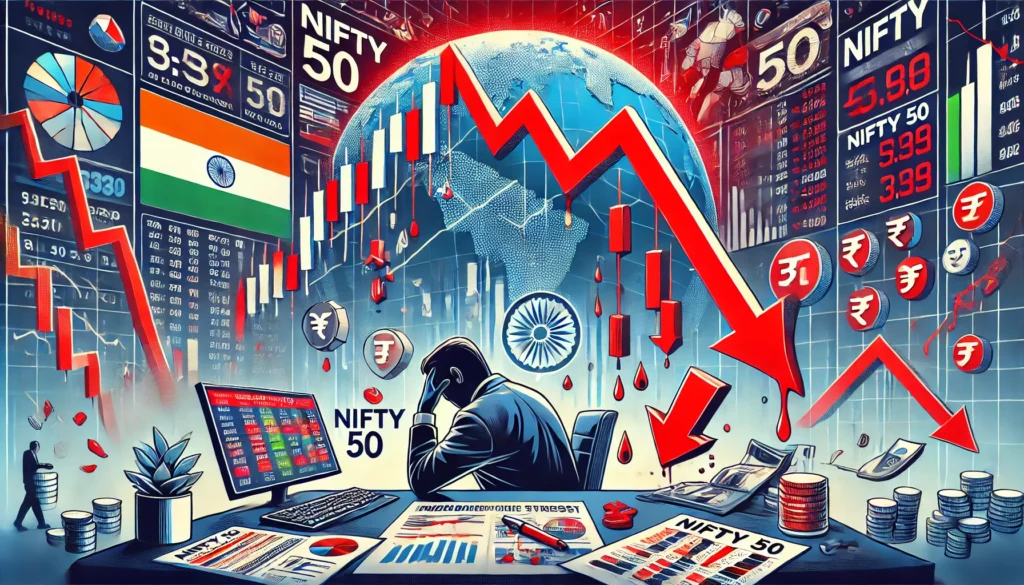The Black Monday crash remains the most harrowing single-day decline in financial history, along with the October 19, 1987 stock market crash. Differently from other economic catastrophes that come as a result of prolonged financial tension or external shocks, Black Monday was a striking fall in the stock markets all over the globe, and it occurred suddenly. The drop in the stock markets or panic sell-off brings to light automated trading software and the dangers of investor sentiment.
The Lead-Up: A Bull Market Fueled by Optimism
The early 1980s had a noticeable surge in economic growth, which meant that stock prices were skyrocketing. Between 1982 and August 1987, the Dow Jones Industrial Average (DJIA) quadrupled because of a rise in corporate mergers, the subsequent deregulation, and a boost in investor sentiment. But there seemed to be some glaring issues by the mid-1987.
The Crash: October 19, 1987
On what is now dubbed Black Monday, the DJIA nosedived by an astonishing 508 points, an unprecedented 22.6% drop on a single day. Not only did it represent the largest percentage decline in history, it came with the additional description of being ‘the worst day in stock market history.’ It wasn’t just an American phenomenon; stock markets around the world sustained colossal losses:
- – Hong Kong: -45%
- – Australia: -42%
- – United Kingdom: -26%
- – Canada: -22%
The crash was aggravated by portfolio insurance—and computer trading programs—that sold stocks during the downward spiral rather than helping the situation.
The Aftermath: Recovery and Reforms
Even with the drastic losses the market suffered, it managed to bounce back within a short period of time. As of 1989, the DJIA had risen back to the pre-crash levels. The aftermath of the event also brought about a change in policy, albeit much slower than it was supposed to be:
- – Breakers Implemented: Stock exchanges introduced halts to trading in order to stop a headless panic and eventual collapse of the market.
- – Stronger Rules on Program Trading: Regulators kept a hawk’s eye on program trading to control excessive and unreasonable volatility.
- – Government Reconstruction Programs: The Federal Reserve aided economies and funded their stock markets to help jumpstart investors’ confidence.
Lessons from Black Monday
Automated trading can deepen market turbulence—algorithmic trading can worsen a sudden drop to an economical state, especially if there are no human controls.
Preventive actions will aid in avoiding potential crashes: Circuit breakers are an example of how to avert sharp decreases in stock valuation on the market.
Today’s Elderly Examples
The effects of Black Monday technology, speculation, and the investment naive rage depict how all are intertwined. Market authorities took due steps to ensure markets are not as volatile, but other occurrences like the 2010 flash crash show that there are still issues with the magnitudes of the trading during this era of digital life.
Knowing about Black Monday assists the investor’s outstanding shock responses with proactive design strategies and strengthens them to avoid default in extreme situations.



